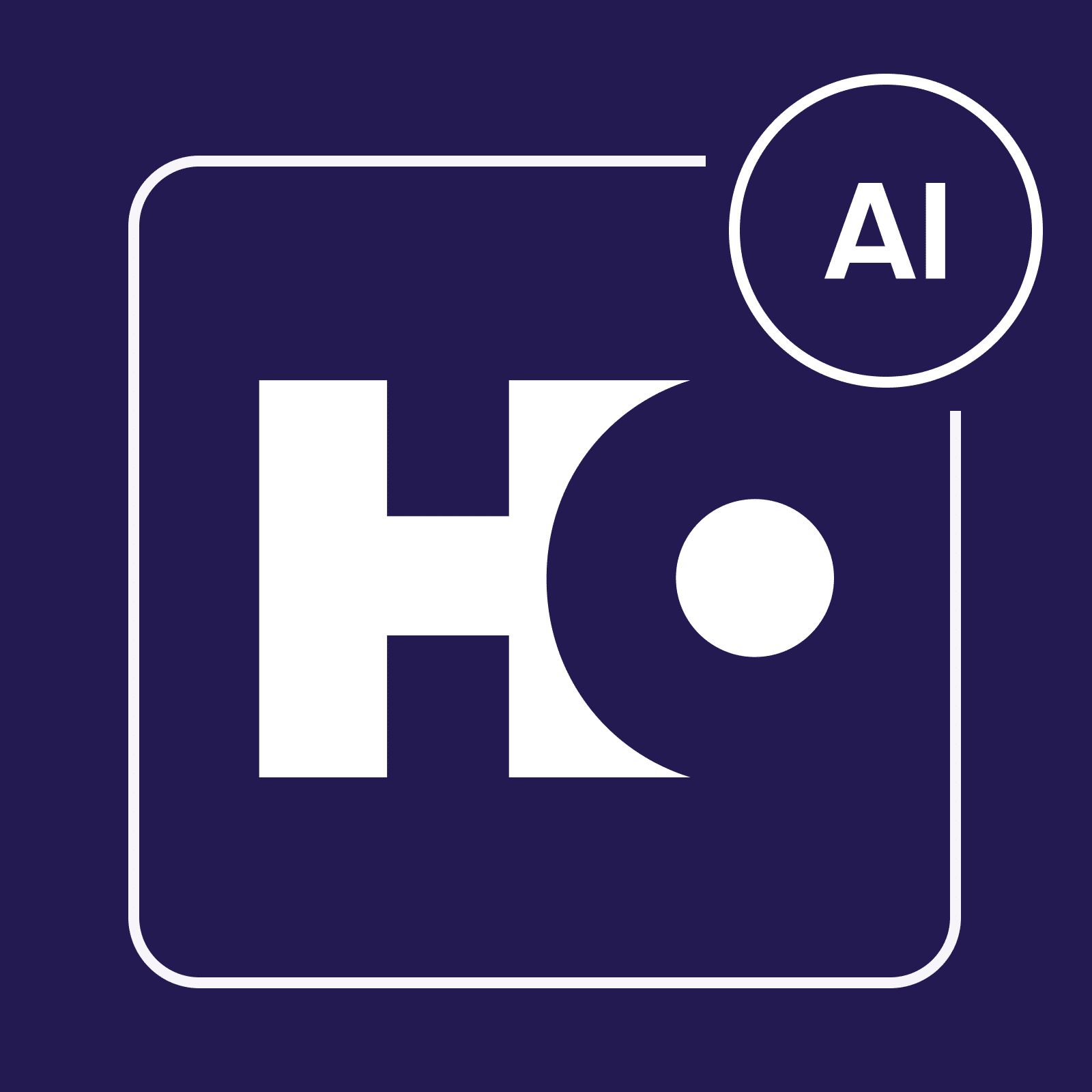Table of Contents
How does a headless CMS solution work?
Content creation is known as the body, whereas you’ll refer to content presentation as the head. The way that a headless CMS operates is by separating these two parts.
Here’s a simplified rundown of how a headless CMS works:
- Repository: A headless CMS stores your content within a central database.
- API: Developers find your content via an API associated with the headless CMS.
- Delivery: Content is pulled from the API. Developers will then choose how they want to display it across your platforms.
While you might not know the exact direction of your business yet, thinking about whether you may need a headless CMS is worthwhile; different platforms/devices may require one.
Why use a headless CMS?
Businesses might use a headless CMS for the following reasons:
- Flexibility: Your website designs and platform needs may vary.
- Future-Proof: Technology evolves quickly, and you should use a headless CMS to adapt when needed.
- Developer Freedom: Let developers choose preferred tools/frameworks.
- Faster Time to Market: Content sometimes causes constraints; streamlined workflows might stem from the separation of managing/presenting content.
- Omnichannel Experiences: A headless CMS may result in consistent multi-channel content distribution.
How do I choose the right headless CMS?
Think about the following:
- Content Types: Your headless CMS must support the types of content that you post.
- APIs/Integrations: Pick an API that you can use, and look for integration options.
- Scalability: The headless CMS you choose must be compatible with your long-term growth plans.
- Security: Look for security features and consider if they’re enough for your needs.
- Pricing: Make sure that the cost of your headless CMS is in line with your budget.
- Ease of Use: Your content team must be able to use the headless CMS.
What are the advantages and disadvantages of a headless CMS?
| Advantages | Disadvantages |
| Potential content/tech flexibility | Content editors may need time to adapt and learn |
| Omnichannel approach | Technical expertise is a must |
| Can be future-proof | Upfront costs could be higher than the alternatives |
| May be more productive for developers | |
| Could result in improved content performance |
What are the security considerations for a headless CMS?
You need to consider general security factors when picking a headless CMS, along with thinking about your individual needs. For the latter, your specific API and content backend should be at the forefront of your mind.
Considerations to make a note of include:
- Access Controls: Authorized users are the only people that you should allow to change and access content – it’s normally easy to set these permissions up.
- API Security: Use input limitation to prevent cyberattacks and unwanted access, and utilize multi-factor authentication. Rate limiting might also help.
- Data Encryption: Look at data encryption from all fronts. It should be in operation when stored in the database (aka “at rest”), and when being transported from your headless CMS to front-end apps.
- Updates: Update your CMS software and plugins/modules when a new release happens.
- Backups: Use a secure space to back up your content. You should be able to access this if a system failure or data breach happens.
- Monitoring: Keep an eye on your CMS logs and set up alerts so you’re on top of suspicious activity.
- Integrations: Look at all third-party integrations and plugins; do they have the level of security that you want?
Since a headless CMS often has sensitive information (including customer information), thinking about security is an absolute must. You are responsible for customer trust, data protection, and stopping security breaches from happening.
Conclusion
While headless CMSs are a viable alternative to traditional methods, knowing how to use them is crucial. Make sure you have the required technical expertise or hire a team that does. Consider whether you need a headless CMS for adaptation, flexibility, and security, and how you plan to use yours in the long run.
Before confirming the headless CMS you plan to use, make sure that you have received input from your developers and content teams.


